Options for a hoop cover?
toucan2
10 years ago
Related Stories
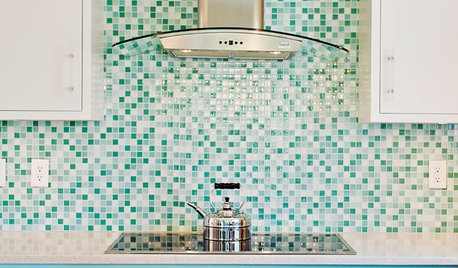
KITCHEN DESIGN9 Popular Stovetop Options — Plus Tips for Choosing the Right One
Pick a stovetop that fits your lifestyle and your kitchen style with this mini guide that covers all the basics
Full Story
HOME TECHIs It Curtains for Curtains? Smart Glass Eliminates Window Coverings
Windows can now control light and heat through electricity and high-tech formulations, making blinds and shades optional
Full Story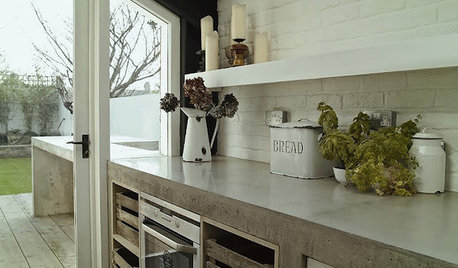
KITCHEN COUNTERTOPSKitchen Counters: Concrete, the Nearly Indestructible Option
Infinitely customizable and with an amazingly long life span, concrete countertops are an excellent option for any kitchen
Full Story
FURNITUREKnow Your Sofa Options: Arms, Cushions, Backs and Bases
Get your sock arm straight from your track arm — along with everything else — to choose the sofa that’s right for you
Full Story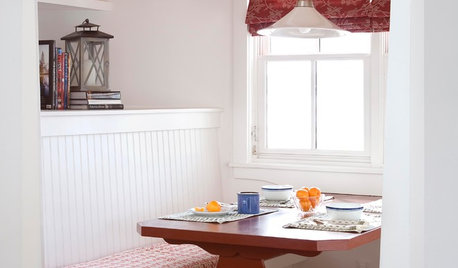
KITCHEN DESIGNKitchen Banquettes: Explaining the Buffet of Options
We dish up info on all your choices — shapes, materials, storage types — so you can choose the banquette that suits your kitchen best
Full Story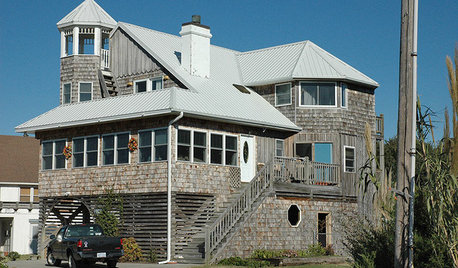
REMODELING GUIDES8 Ecofriendly Roof Options for Low Budgets and Up
Save resources with a cooling or sustainable roof or add-on that looks great and fits your price range
Full Story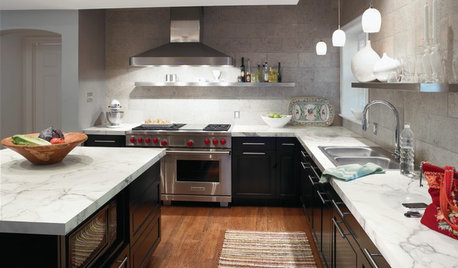
KITCHEN COUNTERTOPSKitchen Counters: Plastic Laminate Offers Options Aplenty
Whatever color or pattern your heart desires, this popular countertop material probably comes in it
Full Story
FURNITUREExpand Your Options for Powder Bath Furniture
Retrofit a Great Piece of Furniture for a Warm, One-of-a-Kind Vanity
Full Story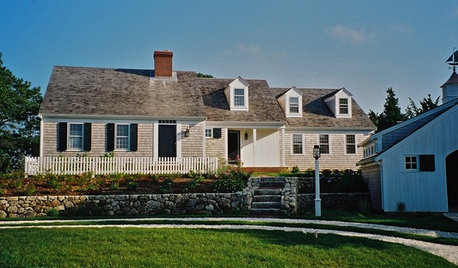
REMODELING GUIDESWiden Your Space Options With a Dormer Window
Small wonders: Bump out your upper floor with a doghouse, shed or eyebrow dormer — we give you the benefits and budget tips
Full StorySponsored
More Discussions






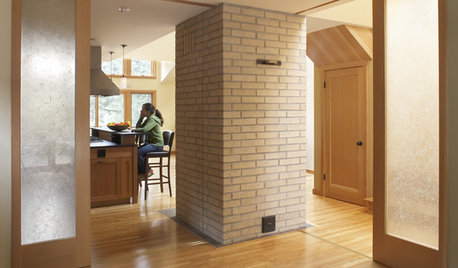

mksmth zone 7a Tulsa Oklahoma
soonergrandmom
Related Professionals
Erie Landscape Architects & Landscape Designers · Maple Heights Landscape Architects & Landscape Designers · Garden City Landscape Architects & Landscape Designers · Harvey Landscape Architects & Landscape Designers · San Juan Landscape Architects & Landscape Designers · Mooresville Landscape Contractors · Belmont Landscape Contractors · Davis Landscape Contractors · Gresham Landscape Contractors · Lees Summit Landscape Contractors · Munster Landscape Contractors · Rockville Landscape Contractors · Tacoma Landscape Contractors · Wentzville Landscape Contractors · Blue Springs Decks, Patios & Outdoor EnclosuresOkiedawn OK Zone 7
toucan2Original Author